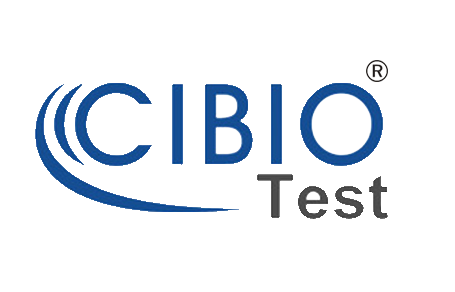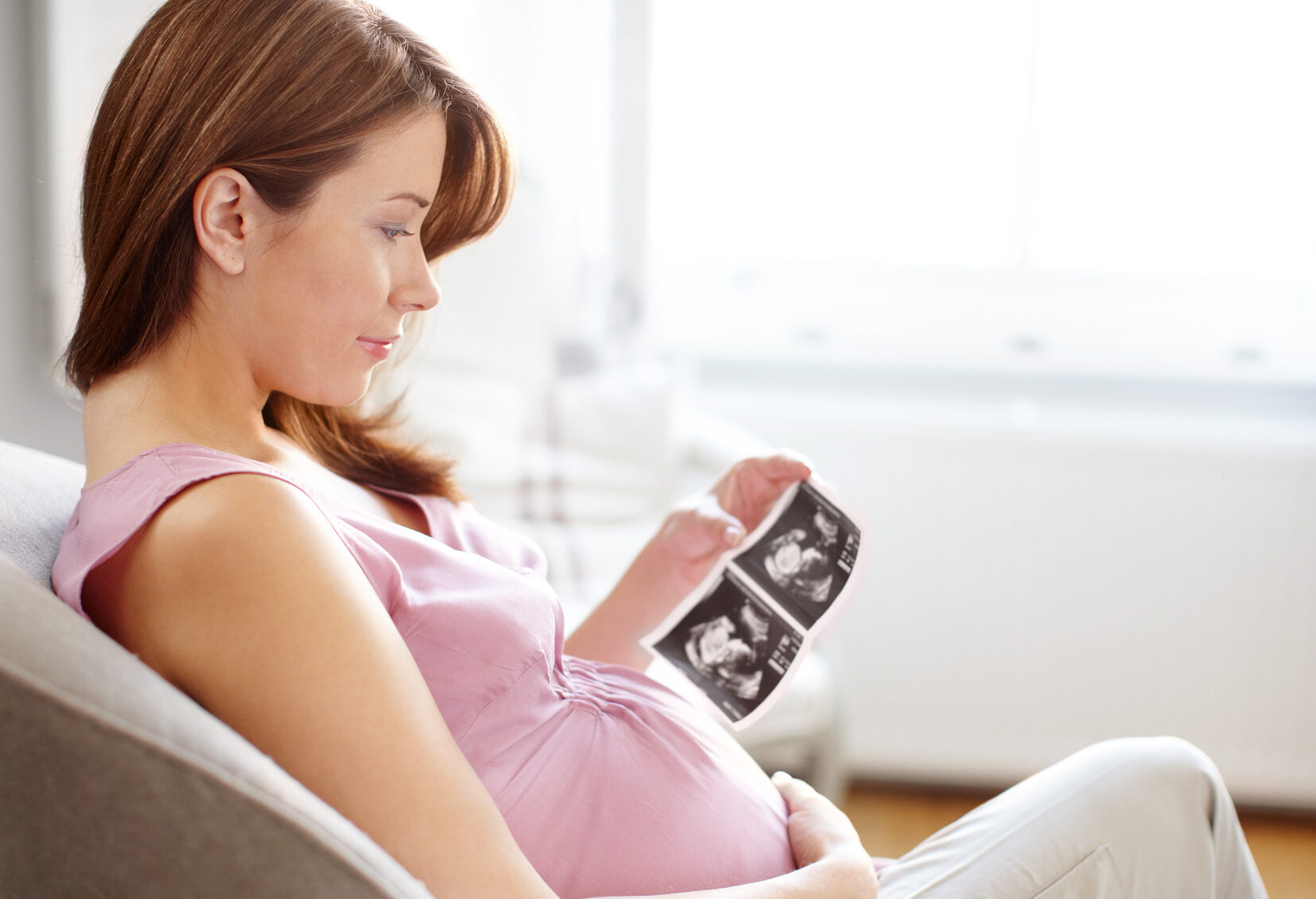If you’re trying to conceive, understanding ovulation and your fertile window is very important. Ovulation is when your body releases an egg, and the fertile window is the best time to get pregnant. Recognizing ovulation symptoms can help you time intercourse and know when to take a pregnancy test. Here’s a simple guide to help you.
What is Ovulation?
Ovulation happens once in each menstrual cycle when an ovary releases an egg. This usually occurs about 14 days before your next period. The egg survives for about 12–24 hours, but sperm can live in your body for up to 5 days. This means the fertile window is about 5–6 days.
Common Ovulation Symptoms
Here are the signs to look for when you’re ovulating:
1. Cervical Mucus Changes
• Your cervical mucus becomes clear, slippery, and stretchy, like raw egg whites.
2. Mild Pain in Your Lower Abdomen
• You may feel a cramp or sharp pain on one side, known as ovulation pain.
3. Slight Rise in Body Temperature
• Your basal body temperature (BBT) rises slightly after ovulation.
4. Increased Sex Drive
• You may feel more interested in sex around ovulation.
5. Breast Tenderness
• Your breasts might feel sore or sensitive.
6. Light Spotting
• Some women notice a little spotting when they ovulate.
How to Find Your Fertile Window?
Follow these steps to figure out the best time to conceive:
1. Track Your Menstrual Cycle
• If your cycle is regular (28 days), ovulation likely happens around day 14. Subtract 14 days from your cycle length to estimate your ovulation day for longer or shorter cycles.
2. Look for Ovulation Symptoms
• Pay attention to changes in your cervical mucus, ovulation pain, or other signs.
3. Use Ovulation Tests
• Ovulation predictor kits (OPKs) can detect a hormone called LH, which increases just before ovulation.
4. Chart Your Temperature
• Take your temperature each morning. A small increase after ovulation can confirm it.
When to Take a Pregnancy Test?
After ovulation, you may wonder when to test for pregnancy. Here’s what to do:
1. Wait 2 Weeks After Ovulation
• It takes about 2 weeks for pregnancy hormones (hCG) to build up after fertilization. Testing too early can give a false negative.
2. Test When You Miss Your Period
• For most people, this is about 14 days after ovulation.
3. Use an Early Pregnancy Test
• Some tests can detect pregnancy up to 6 days before your period, but waiting until your period is due gives more accurate results.
Tips for Better Chances of Pregnancy
• Have Sex During the Fertile Window: The 5 days before and the day of ovulation are your most fertile.
• Live a Healthy Lifestyle: Eat well, stay active, and avoid smoking or alcohol.
• Track Ovulation Regularly: Using apps or tools can help you understand your cycle better.
• Consult a Doctor: If you haven’t conceived after a year (or 6 months if over age 35), talk to a doctor for advice.
Understanding ovulation symptoms and your fertile window is the key to improving your chances of conceiving. By tracking your cycle and knowing the signs, you can plan the best time for intercourse and when to take a pregnancy test. If pregnancy doesn’t happen right away, stay patient and seek support if needed.

